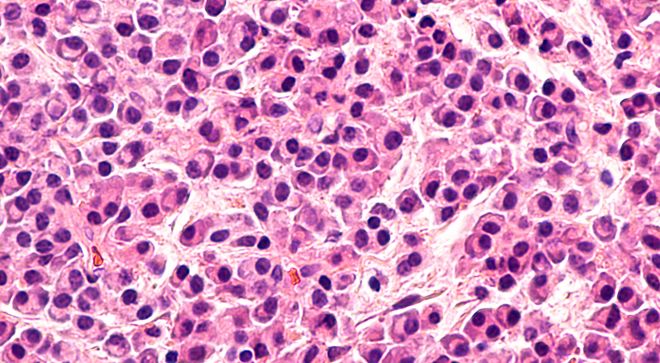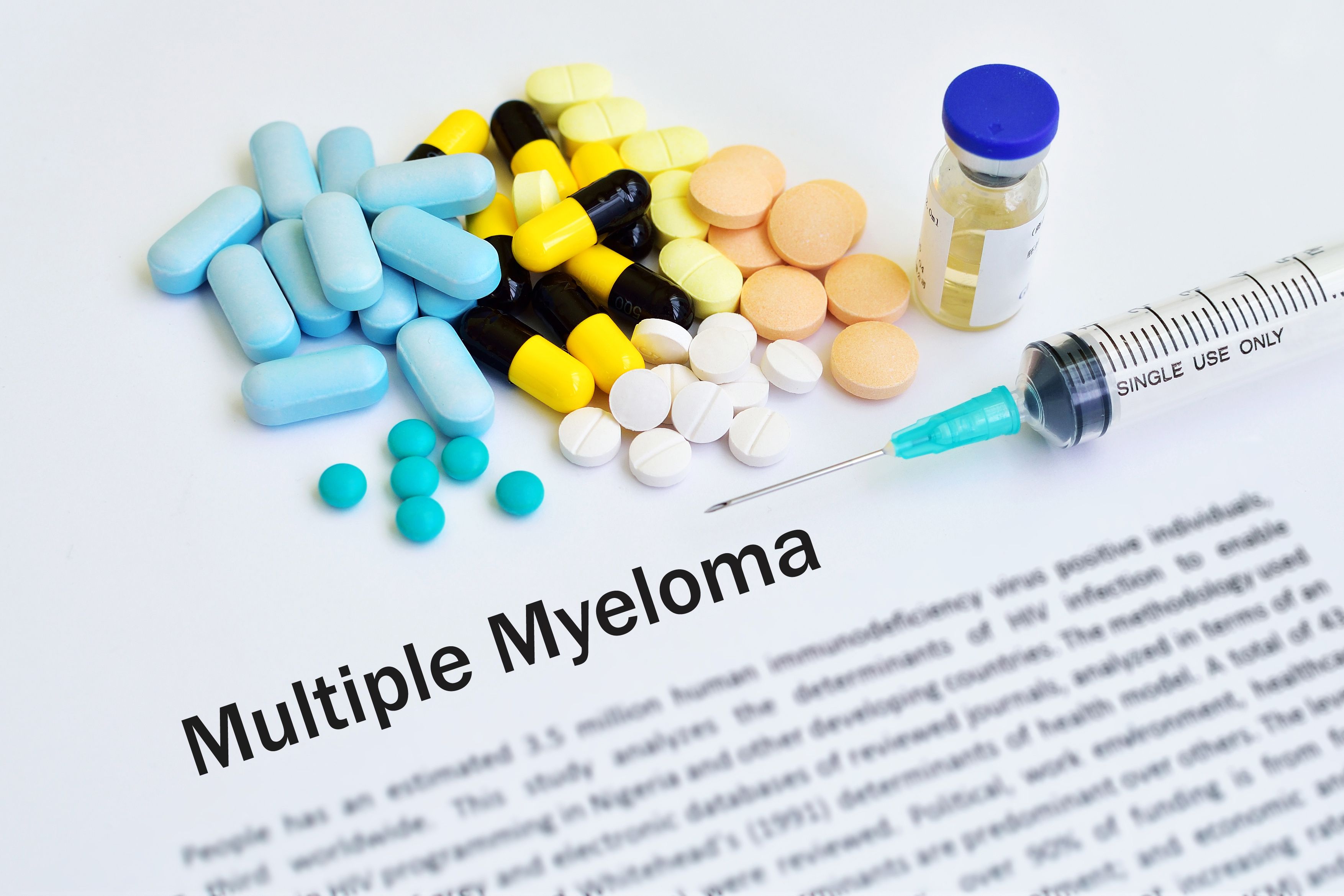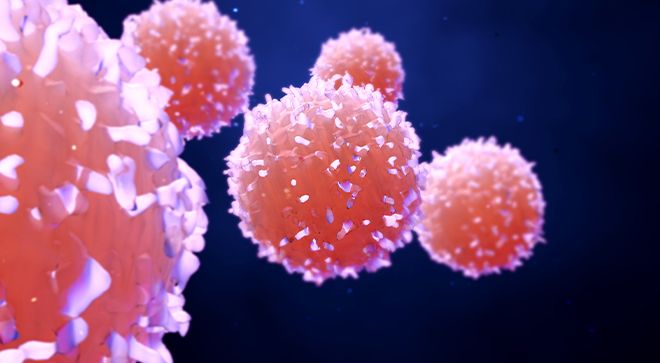News
Article
Blenrep Improves Durability in Relapsed/Refractory Multiple Myeloma
Author(s):
Blenrep improves durability and provides meaningful response rates to patients with relapsed/refractory multiple myeloma, researchers found.

The treatment of Blenrep (belantamabmafodotin) alone improves durability and offers meaningful response rates to the drug in patients with relapsed/refractory multiple myeloma (RRMM), according to the results of a recent study.
Patients with RRMM who have received three prior therapies for the diseasehave quicker response rates when treated with Blenrep alone, as presented in a study from the journal, Cancer. However, the study stated that RRMM has a poor prognosis (outcome of a disease) and limited treatment options for patients.
Blenrep is a considered a B-cell maturation antigen-binding antibody-drug conjugate, which is a drug that directly kills off myeloma cells and activates anti-myeloma immune responses, as reported in the study.
This drug is used to treat RRMM, a type of cancer in plasma cells within bone marrow, according to American Cancer Society. The term relapsed refers to the return of a disease or signs and symptoms after a period of improvement and the term refractory is defined as a disease that does not respond to treatment, established by National Cancer Institute.
In the Cancer study, a total of 201 patients within the trial, DREAMM-2, analyzed the efficacy and durability of Blenrep in patients with RRMM. Patient-participants were placed into three different groups, in which 97 patients were in the Blenrep 2.5 mg/kg cohort, 99 patients were in the Blenrep3.4 mg/kg cohort and 25 patients were placed into the Blenreplyophilized (freeze-dried) 3.4 mg/kg cohort. These cohorts were created based on the dose and form of the treatment (lyophilized versus non-lyophilized).
The primary endpoint in the study (the main result that measures a treatment’s efficacy), was overall response rate (ORR), which is defined as the percentage of a treatment group who have a partial or complete response to treatment within a given period, according to National Cancer Institute. The study authors found the in the Blenrep 2.5 mg/kg cohort, the ORR was 32%and in the Blenrep 3.4 mg/kg cohort was 35%. The Blenrep lyophilized 3.4 mg/kg cohort had an ORR of 52%.
The secondary endpoint in the study included the median progression-free survival (PFS; the period during and after treatment of cancer when the disease does not worsen) and overall survival (OS; the period from diagnosis or treatment where patients are still alive). The study authors reported that the median PFS was 2.5 months for patients in the Blenrep 2.5 mg/kg cohort, 2.8 months for patients in the 3.4 mg/kg cohort and 5.7 months for patients in the Blenrep lyophilized 3.4 mg/kg cohort.
“Despite having similar ORR and PFS,” the study authors wrote, “the shorterDoR(duration of response; period from the beginning of treatment to when patients have a complete or partial response to treatment) reported here for the 3.4 mg/kg cohort may be due to tolerability issues requiring more frequent dose modifications.”
The median OS for patient-participants in the study was 15.3 months in the 2.5 mg/kg cohort. The 3.4 mg/kg and lyophilized 3.4 mg/kg cohorts had median OS of 14 and 24.5 months, respectively.
In terms of safety, the authors reported that 98% of patients in the 2.5 mg/kg cohort experienced at least one or more side effects and 88% of the patients within this cohort experienced treatment-related side effects. Similarly, 100% of the patients in the 3.4 mg/kg cohort experienced at least one or more side effects and 95% of these patients experienced treatment-related side effects. In the lyophilized 3.4 mg/kg cohort, 100% of patients also experienced at least one or more side effects.
“The grade of (side effects) remained unchanged with longer follow-up. Keratopathy (degeneration of the cornea in the eye) was the most common (side effect) overall and was mostly grade 1 to 2, with 29% of patients having grade 3 and no patients having grade 4 keratopathy in the 2.5 mg/kg cohort,”the authors wrote in the study. “Incidents of thrombocytopenia (low platelet count in the blood) and other (blood-related side effects) were consistent with the previous reports and did not increase over time.”
For more news on cancer updates, research and education, don’t forget to subscribe to CURE®’s newsletters here.




